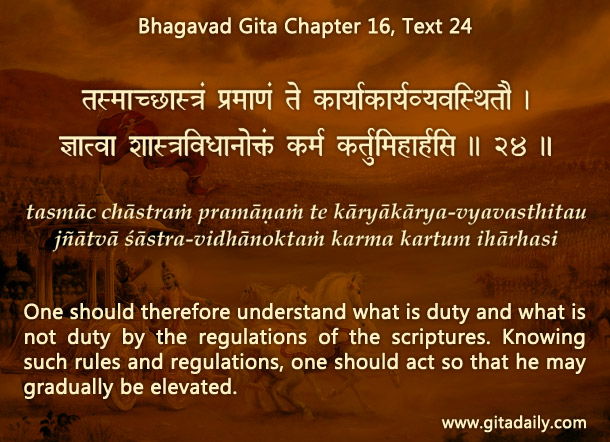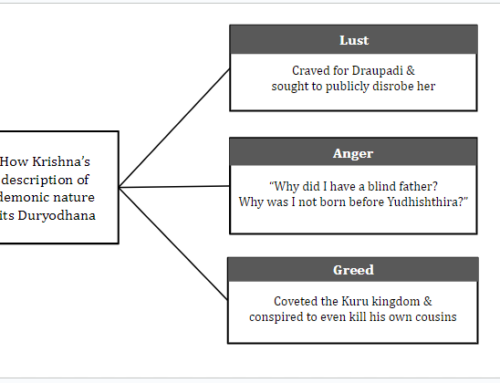Read scripture and read from scripture – don’t read into scripture
For our life-journey, scripture is like a map. The Bhagavad-gita (16.24) urges us to make informed decisions based on scriptural knowledge.
Let’s look at three broad ways we may approach scripture.
Read scripture: If we have moved to a new country, we may want to get an overall lay of the land. So, we may glance through the country’s map. Similarly, the world we live in is a part of a vast, unfamiliar and mysterious universe. We may want to fathom the overall scheme of things – and especially our place and purpose within it. So, we may read scripture to understand its broad worldview and its generic guidelines for living.
Read from scripture: When we are lost while driving, we may look at the map to find our route. Similarly, when we face adversity or perplexity in life, we may turn towards relevant scriptural sections. To find such sections, we need to read scripture sufficiently to at least get an overview of its content.
Read into scripture: Suppose we have heard that a particular place is filthy. If we happen to see it on the map, we may turn away derisively, even if that place is not actually filthy. Similarly, we may have been taught to believe that certain things are bad, and on encountering something similar in scripture, we may recoil from that part of scripture or even all of scripture.
For example, we may have heard about the evil of caste discrimination and may see red on reading the Gita’s description of varnashrama. But the Gita actually talks about social division of labor based on qualities and activities – not discrimination based on birth, as does today’s caste system.
Reading into scripture is alienating and undesirable, whereas reading scripture and reading from scripture are both illuminating and are eminently desirable.
Think it over:
- How can reading scripture help us?
- How can reading from scripture help us?
- Why is reading into scripture undesirable?
To know more about this verse, please click on the image
Explanation of article:
https://www.youtube.com/watch?v=_PkLPi-6a_U&feature=youtu.be
Podcast:



scriptures are eternal guide to humankind